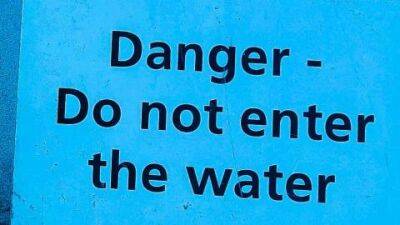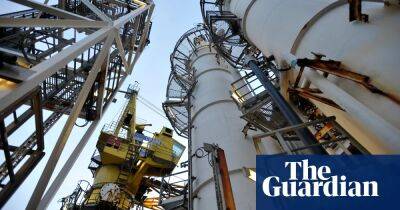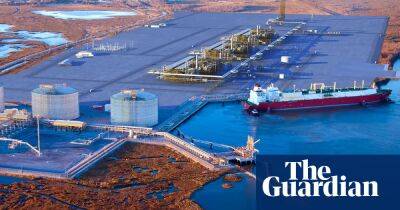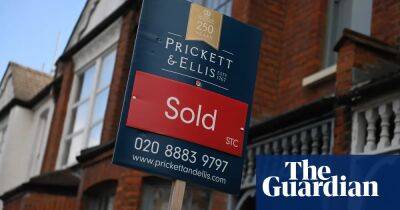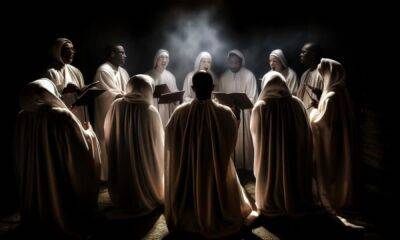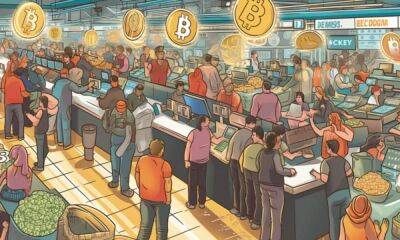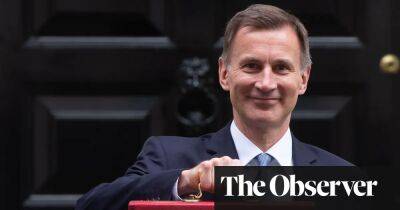Jeremy Hunt’s ‘stealth’ income tax rise: here’s how it will affect you
T he government’s decision to freeze income tax thresholds means nearly 3 million low- and middle-income Britons will have to pay basic or higher-rate tax for the first time this year while existing taxpayers will also have to stump up more.
There was no mention of this in Jeremy Hunt’s budget speech but that is because he had already said in November that personal tax thresholds are going to stay the same until 2028.
However, on Thursday, theInstitute for Fiscal Studies (IFS) thinktank issued new figures showing what this is likely to mean for people. The freezing of income tax and national insurance allowances and thresholds will cost most basic rate taxpayers £500 from April and most higher rate taxpayers £1,000. Those who only move into tax or into a higher rate would face a smaller increase.
The policy results in what economists call “fiscal drag”, a term that describes the stealthy process of dragging more Britons into paying income tax and pushing others into a higher tax band.
Traditionally tax brackets are adjusted to keep pace with inflation; however, they have been frozen in cash terms since April 2021. This means that as incomes rise, more low earners are pulled into paying the 20% basic-rate income tax (which kicks in at £12,571) and those with earnings nearing £50,000 tip into the higher 40% rate (which kicks in at £50,271). (Note, Scotland’s income tax rates and thresholds are set by the Scottish parliament.)
The fiscal drag net will bring in an extra 1.7 million basic-rate taxpayers and 1.2 million higher rate taxpayers in the new financial year, which starts next month, according to the IFS but the ranks of new recruits will continue to swell.
The Office for Budget Responsibility, the government’s independent
Read more on theguardian.com

